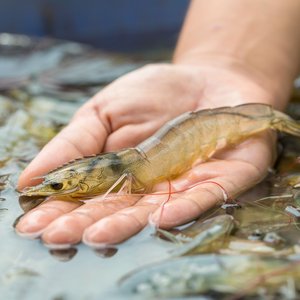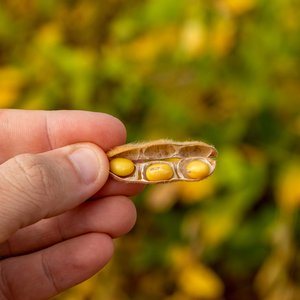Harmonized analytical method for control of all phytase sources currently authorized in EU
Under the FEFANA umbrella, phytase experts in collaboration with the Community Reference Laboratory for feed additives, operated by the European Commission's Joint Research Centre in Geel, Belgium (CRL), have worked on the establishment of a common analytical method for all phytase sources for several years. The harmonized method which has been developed is a tool to quantify phytase products in feed samples.
Nowadays, analysis has become an increasingly important aspect of the authorization process. FEFANA is working in close cooperation with the CRL and is actively involved in standardization with the European Committee for Standardization (CEN). So far, different methods have been used to determine phytase activity in feed samples and other matrixes. This variety of methods has caused some problems for the EU control authorities.
The use of phytase enables monogastric animals to digest the phytate phosphorus contained in plant feed materials. It enables the reduction of phosphorus content in feed. Phytase supplemented diets are typically a preventive measure. They decrease phosphorus excretion in the environment, reducing the risk of eutrophication of fresh water. As phytic acid is also responsible for the linkage of other minerals and trace elements, the use of phytase also reduces the excretion of polluting minerals in the environment.
In late summer 2002, FEFANA established a Task Force of Phytase Experts consisting of some major feed additive operators, also members of the Association. The aim of the Task Force was to evaluate the possibility of having a harmonized method valid for all EU authorized Phytases as feed additives (e.g. Natuphos, Ronozyme P, Phyzyme XP, Allzyme), which could serve as a standard method for the authorities. However, the method cannot be used to evaluate the in vivo efficacy of the phytase products.
The FEFANA TF of Phytase Experts in collaboration with the CRL has finally developed an ISO method for phytase determination in feed samples. The method will allow the analysis of all currently EU authorized phytases in feed samples and other matrixes. The collaborative work with the CRL has undoubtedly been tremendous and crucial so far. Several months ago, an article entitled “Determination of Phytase Activity in Feed: Interlaboratory Study”, written by CRL and FEFANA experts was published in the Journal of AOAC International Vol. 91, No 2, 2008 (pp 259-267) indeed. This article describes how the interlaboratory study was conducted to determine the performance characteristics of a new method for the determination of phytase activity in feed samples. AOAC International is the Association of Analytical Communities, committed to being a proactive, worldwide provider and facilitator in the development, use, and harmonization of validated analytical methods and laboratory quality assurance programs and services.
The method is based on the fact that inorganic phosphate is released from the substrate phytate under defined assay conditions and has been validated for its suitability to measure the enzyme activity of various phytase products. Two different experimental designs of the study were applied, allowing for the estimation of the precision of the method under repeatability, intermediate precision and reproducibility conditions, respectively.
The relative standard deviation for repeatability (RSDr) ranged from 2.2 to 10.6% and the RSD for reproducibility (RSDR) ranged from 5.4 to 15%. The suitability of the validated method for the intended purpose was demonstrated. The obtained method performance characteristics were compared with the results from other validation studies, confirming an equivalent or even improved performance profile of the harmonized method. Therefore, the method can be applied for official control purposes for the determination of the phytase activity in feeds. It is nevertheless recommended that the suitability of this method also be evaluated for other phytase products. The full inter-laboratory study article on the determination of phytase activity in feed published by the AOAC in February 2008 is available here.
The method is reaching final EU and international standardization stage at the European Committee for Standardization (CEN). According to CEN, the ISO phytase standard has reached its FDIS/Approval stage which means that only editorial comments are now possible and therefore the described method will not change anymore. Everybody can buy the FDIS (Draft International Standard) document at his National Standardization Institute (e.g. AENOR in Spain, AFNOR in France, BSI in Britain, DIN in Germany, NEN for the Netherlands, etc.).
FEFANA is very thankful for the really fruitful cooperative work done by CRL in this phytase method plan and keeps hoping that such a close cooperation will continue through other future projects.
FEFANA is the EU Feed Additives and Premixtures Association. It was established on October 13th, 2004 and is the new juridical form of the feed additives producers association that was founded in 1963. With 100 members from 28 countries, the Association is the interface between the feed additives industry and the European Union authorities, including Member States authorities, in order to promote, safeguard and defend common and general interests of the industry (in several topics like guidelines, register, labelling and definitions, analysis, feed hygiene and food chain safety or non-feed use of additives). FEFANA’s chairperson is Dr. Hadden Graham of AB Vista.










